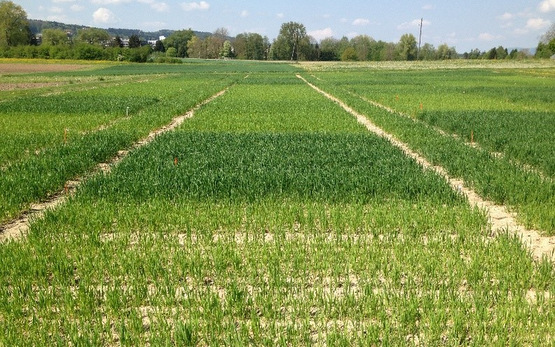Soils store large amounts of carbon. Agricultural activities affect soil carbon content, and hence the role of soils as CO2 sources or sinks. On the input side, this is primarily a result of crop rotation in the case of arable crops, and of land-use intensity in the case of grasslands. In both cases, the quantity of plant matter remaining in the soil post- harvest is affected.
The application of farmyard manure increases carbon input. On the decomposition side, the soil carbon conversion rate is altered, e.g. by drainage, fertilisation, climate or tillage. In addition to input and conversion, management intensity also indirectly affects the land used.
We have shown that
- Soil organic carbon (SOC) stocks of mineral soils significantly declined on long-term experimental sites, despite the incorporation of leys in the rotation. Factors that reduce SOC losses are practices that prolong the duration of soil cover (cover crops, optimized crop rotations, grass clover leys) or increase the amount of carbon inputs to soil (farmyard manure, compost, crop residues).
- former peatlands used for agriculture (e.g. in the Seeland) have already lost several hundred tonnes of soil carbon per hectare
- land-use change in the mountains (natural regrowth) is leading to a slight accumulation of carbon, which is viewed as reversible: Free and protected soil organic carbon dynamics respond differently






